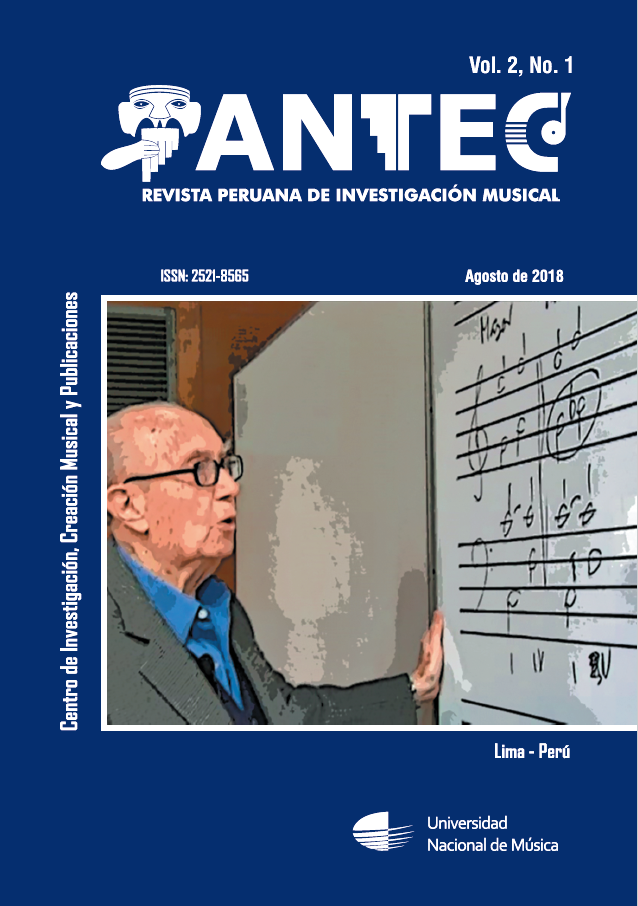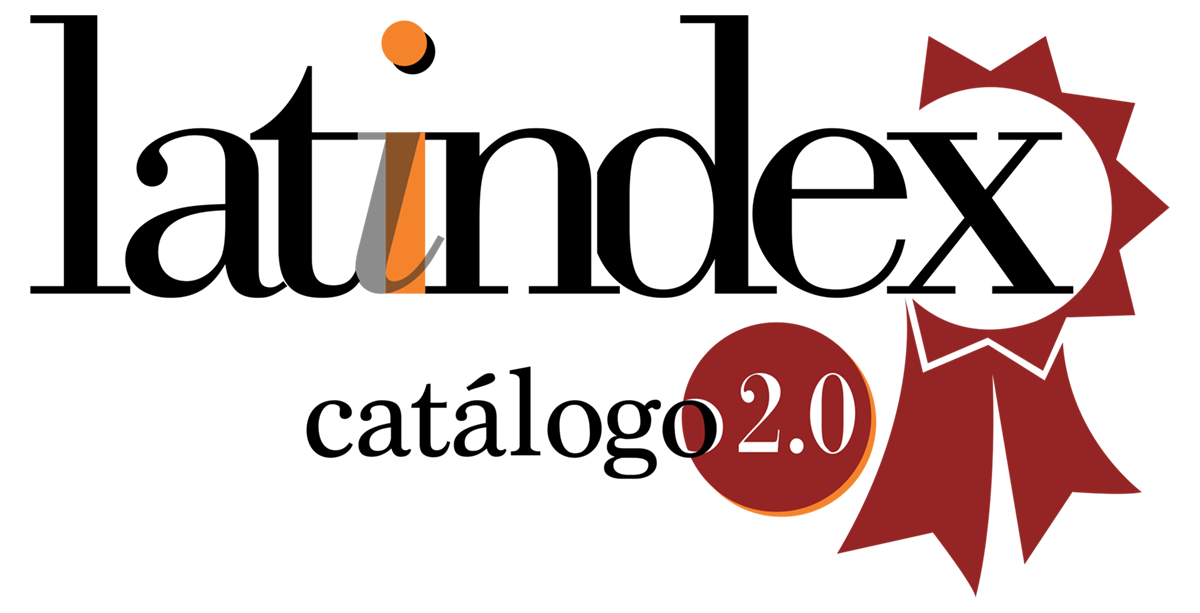The Image of Felipe Pinglo Alva in the Historiography of Peruvian Musical Criollismo
DOI:
https://doi.org/10.62230/antec.v2i1.32Keywords:
Felipe Pinglo, Peruvian criolla music, musical imaginary, HistoriographyAbstract
The “modern self” in Lima in the 1900s was a paradigm of a costal and criollo elite. It is in this context that Pinglo rises as an image of a composer easily identified with the popular, an image that was endorsed in 20th century historiographic accounts to the point of obfusicating not only other authors from this era, but also other facets of this musician that did not align with the Peruvianist pretensions of presenting Felipe Pinglo Alva as a savior of criolla music and the initial constructedness of the creation of this music. Nevertheless, a brief review of the corpus of works by this musician reveals that the number of social songs represents a minority of his creative work.
Downloads
References
Borras, G. (2012). Lima, el vals y la canción criolla (1900-1936). Lima: Instituto de Etnomusicología - PUCP.
Cuba, C., y Arana, V. (2014). Y vivirá mientras exista la vida: recopilación de la obra del maestro Felipe Pinglo. Lima: autor
Eckmeyer, M. y Cannova, M. P. (s. f.). Historiografía e historia de la música: la historiografía contemporánea y su posible impacto en la historia de la música. Recuperado de: http://sedici.unlp.edu.ar/bitstream/handle/10915/39052/Documento_completo.pdf?sequence=1
Felipe Pinglo Alva el mayor compositor de música criolla de Perú. (2007). S. l. Recuperado de: https://culturaehistoriadeperu.blogspot.com/2007/04/felipe-pinglo-alva-el-mayor-compositor.html
Lloréns, J. A. (1983). Música popular en Lima: criollos y andinos, pp. 15-26. Lima: Instituto de Estudios Andinos; Instituto Indigenista Latinoamericano. Recuperado de: http://flacsoandes.edu.ec:8080/bitstream/10469/3562/4/03.%20M%C3%BAsica%20popular%20en%20Lima...%20Jos%C3%A9%20Antonio%20Llor%C3%A9ns%20Amico.pdf
Lloréns, J. A. (1987). De La Guardia Vieja a la generación de Pinglo: Música Criolla y Cambio social en Lima 1900 - 1940. pp. 253-282. Lima: El Virrey.
Gil, R. (10 de julio, 2017). Felipe Pinglo es el más grande compositor de Latinoamérica [archivo de video]. Lima: Perú21. Recuperado de: a https://peru21.pe/cultura/felipe-pinglo-grande-compositor-latinoamerica-video-86959.
Lloréns, J. A. y Chocano, R. (2009). Celajes, florestas y secretos: una historia del vals popular limeño. Lima: Instituto Nacional de Cultura.
Sarmiento, R. (2018) Felipe Pinglo y la canción criolla. estudio estilístico de la obra musical del bardo inmortal. Lima: Fondo Editorial de la Universidad Nacional Mayor de San Marcos.
Mazzini, Eduardo (2010) En nombre de Dios comienzo. Lima: CPEC
TV Perú. (10 de diciembre, 2013). Sucedió en el Perú - Felipe Pinglo Alva, 1 de 4 [archivo de video]. Recuperado de https://www.youtube.com/watch?v=jcH48AhN7cw
TV Perú. (10 de diciembre, 2013). Sucedió en el Perú - Felipe Pinglo Alva, 2 de 4 [archivo de video]. Recuperado de https://www.youtube.com/watch?v=b7Qxb0kz_Z4
Zanutelli, M. (1999). Felipe Pinglo: a un siglo de distancia. Lima: Diario El Sol
Downloads
Published
Issue
Section
License
Copyright (c) 2018 Antec: Revista Peruana de Investigación Musical

This work is licensed under a Creative Commons Attribution-NonCommercial-ShareAlike 4.0 International License.














